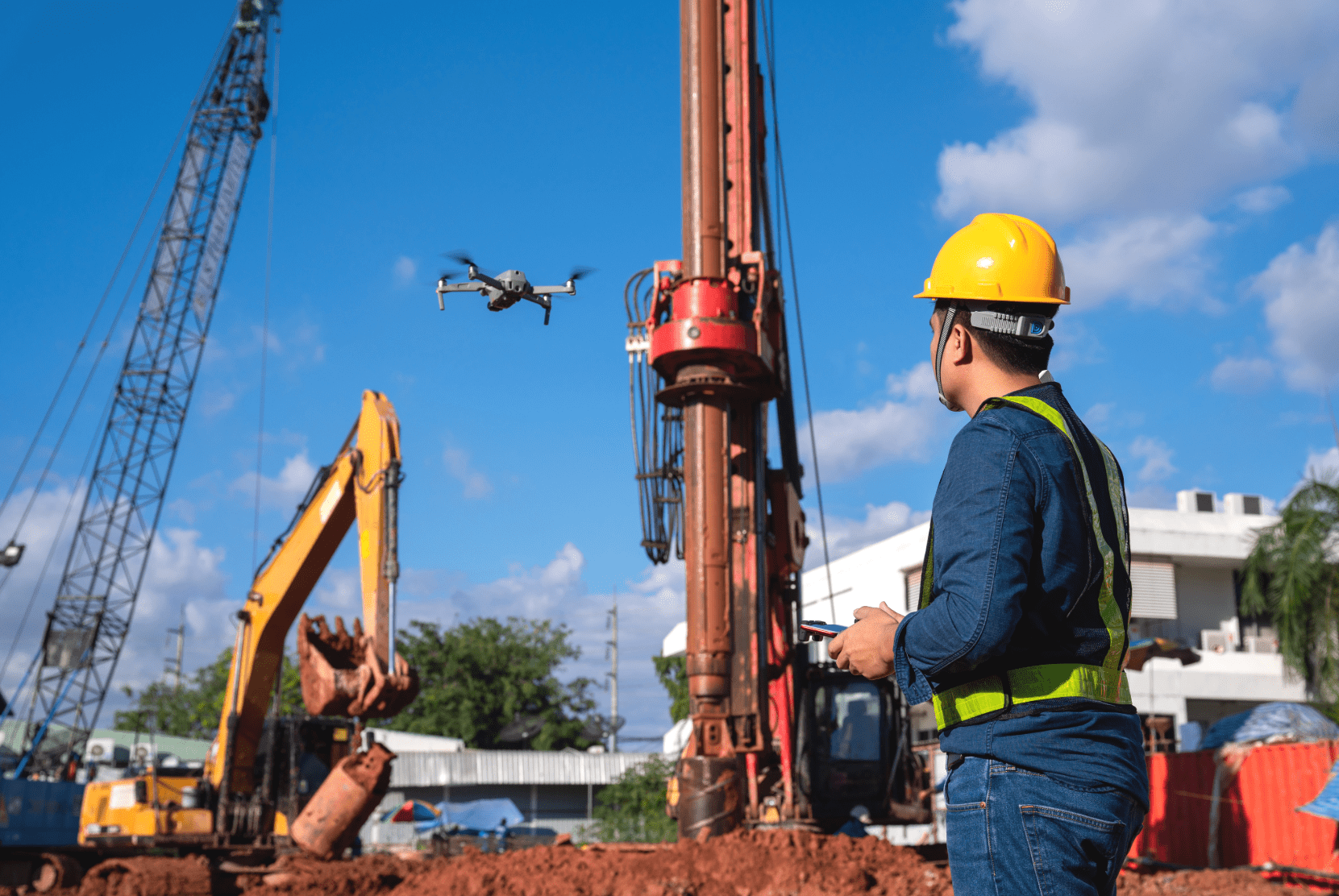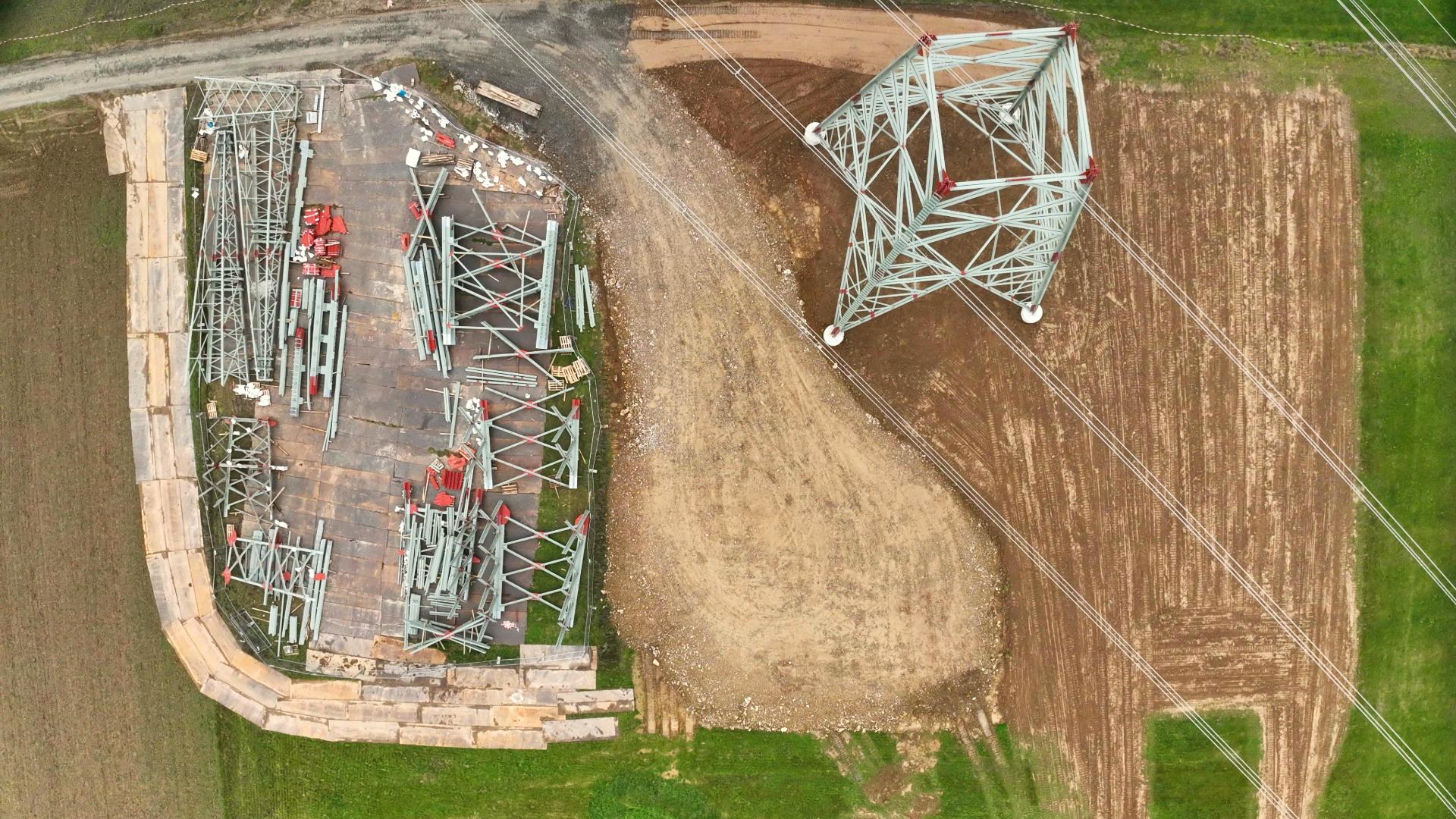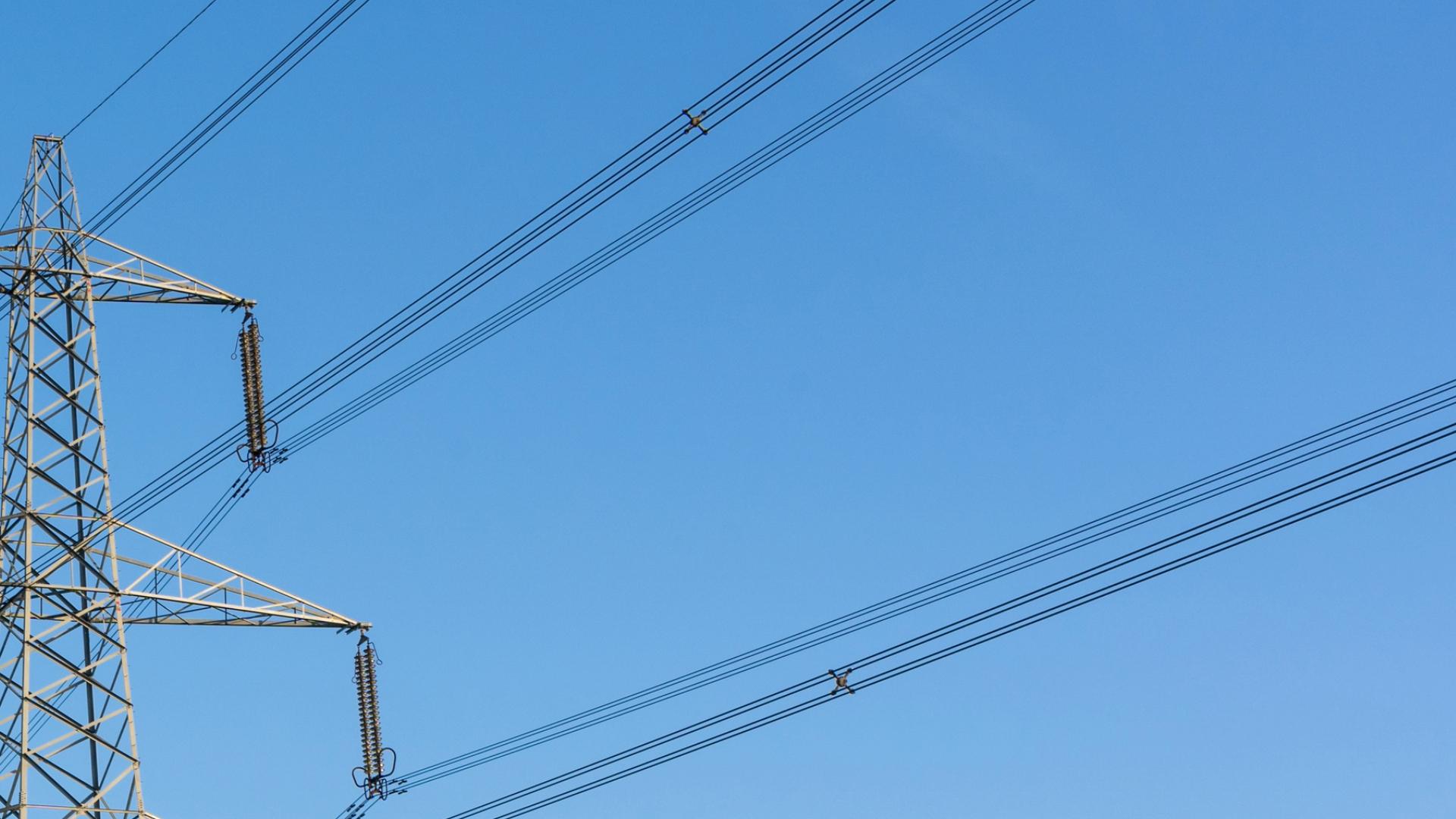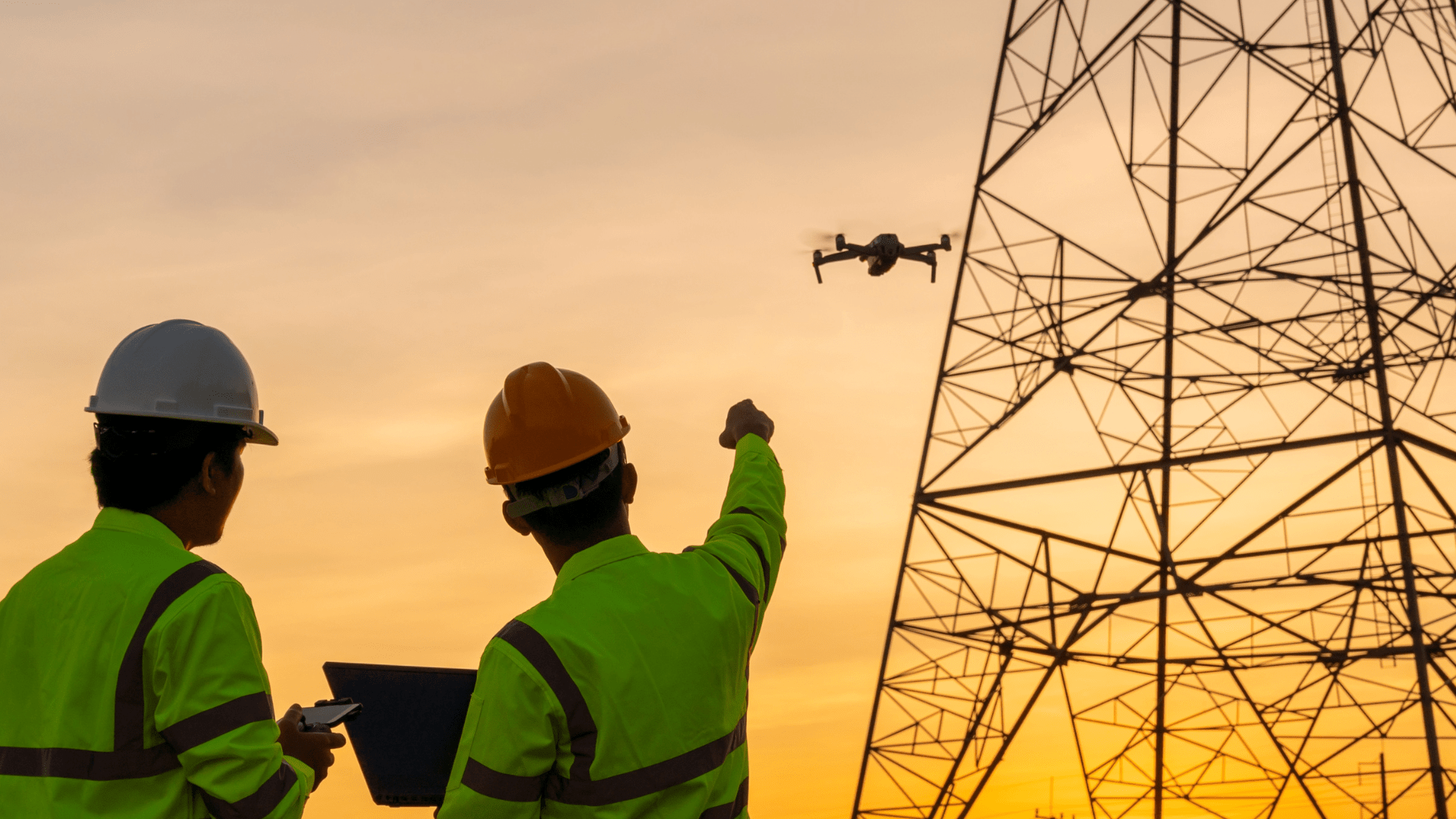Why Safety Is Better Than Forbearance
The obligation to ensure safety is a topic that is of undeniable relevance, especially in the real estate industry. We explain why it’s better to be safe than sorry. We also show how companies can meet the increasing demand for roof and facade inspections.
Statutory Safety Obligation
In Germany, traffic safety is regulated based on the German Civil Code (BGB). It represents a minimum level of protection landlords must provide to their tenants and the public. Traffic safety consists of periodic inspections that check the quality and integrity of buildings, structures, and installations
A Must Especially in Winter
Especially now, in the cold and often stormy season, the obligation to ensure safety is highly relevant for real estate companies. Those who didn’t take care of their buildings in summer now have roof tiles or loose branches flying in their face. But there is also a risk of water and frost damage if inspections are not carried out regularly and properly. A matter that can quickly become uncomfortable and expensive. Owners and administrators are liable for fines or even imprisonment for personal injury and damage to property.
Manual Inspections No Longer Feasible
Until now, inspections have often been carried out manually. Employees personally visited the buildings and facilities and visually inspected each element to look for damage or signs of wear. The information collected was then managed on paper or using spreadsheet programs. This process is time-consuming and costly and will no longer be affordable due to the increasing shortage of skilled workers. For this reason, more and more companies from various industries rely on automated and digitized processes.
The Solution: Digitized and Automated Processes
Digitized inspections are more efficient, precise, and safer because of repetitive workflow. The automation of the processes makes tasks predictable and comprehensible. Through software platforms, the monitoring, and documentation of processes is also easier. This also improves communication between staff and tenants as information is more easily assimilated, stored, and shared. After all, damage and defects can be identified and remedied more quickly in this way.
Manage Transition
Using the right software is critical when transitioning to digital inspection processes. For this reason, companies should first evaluate their current inspection procedure and process and start by defining which functions and tools will be needed for digital inspection. For a successful transition, the software used should be easy to understand and use. Also, it should seamlessly integrate into the company’s ongoing IT and business environment.
Rely on an End-To-End Solution
An end-to-end platform has many benefits for digitized inspection. Firstly, it offers an integrated and comprehensive solution including all the necessary functions and tools for digital inspection. For example, the FlyNex platform enables companies to manage all project steps of an inspection—from planning and data collection to analysis and evaluation—on a single platform.
Individuality Is the Key
Furthermore, the FlyNex software also offers a high degree of flexibility and adaptability. Businesses can easily customize the platform to their unique needs and requirements, adding new features and tools as needed. In addition, end-to-end platforms also offer high scalability and reliability. Businesses can easily scale and expand the platform to manage more users, buildings, and assets without sacrificing performance and security.
Conclusion
Faster, more efficient, more precise—those who have read carefully will realize that the digitization of inspection processes not only helps real estate companies to comply with the duty to ensure traffic safety. Rather, automated inspections help asset-intensive companies in a wide variety of industries to make data-based decisions and thus remain future-proof.
Do you have any questions about how FlyNex can be used to implement the switch to digitized and automated inspection processes in your company? Contact us with your request.
We are happy to hear from them.
Your FlyNex team




